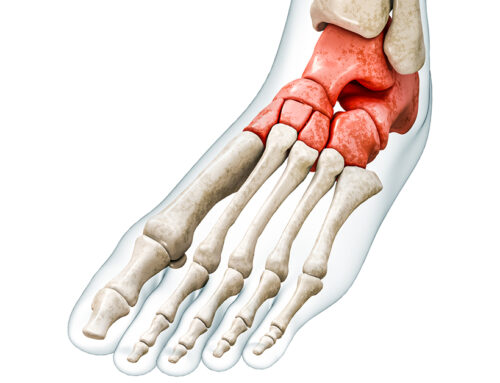
How Painful is a Total Ankle Replacement?
Total ankle replacement (TAR) surgery has become a transformative option for individuals suffering from severe ankle arthritis or trauma that limits mobility and causes significant pain. While the prospect of surgery can be daunting, understanding the pain associated with total ankle replacement is crucial for anyone considering this procedure.
Understanding Total Ankle Replacement
Total ankle replacement involves replacing damaged parts of the ankle joint with artificial components made of metal and plastic. This procedure aims to restore function, reduce pain, and improve quality of life for patients who have exhausted non-surgical treatments.
Pain Management Before and During Surgery
Before the surgery, patients typically undergo a comprehensive assessment to ensure they are physically prepared. Pain management strategies are discussed, and patients may receive medications or injections to alleviate discomfort leading up to the procedure.
During the surgery itself, anesthesia is administered to ensure the patient is comfortable and pain-free. Most commonly, general anesthesia or a combination of regional anesthesia (like a nerve block) and sedation is used to numb the ankle area and keep the patient asleep or relaxed throughout the operation.
Immediate Post-Surgery Pain
Following total ankle replacement surgery, it is normal to experience some pain and discomfort. This pain is managed through a combination of medications prescribed by the surgical team. Initially, strong pain relievers may be used to control acute pain during the first few days after surgery.
Managing Pain During Recovery
As the recovery progresses, pain management shifts towards less potent medications, such as over-the-counter pain relievers like acetaminophen or non-steroidal anti-inflammatory drugs (NSAIDs). These help manage any residual discomfort as the surgical site heals.
Individual Variations in Pain Experience
It's important to note that pain experiences can vary widely among individuals undergoing total ankle replacement. Factors influencing pain levels include:
- Surgical Technique: Different surgical approaches and techniques may impact post-operative pain.
- Patient Health: Overall health, pre-existing conditions, and individual pain tolerance can affect how pain is perceived.
- Rehabilitation Protocol: Following the prescribed rehabilitation plan can help minimize pain and promote healing.
Long-Term Pain Outlook
For many patients, the pain from ankle arthritis or injury that necessitated surgery is significantly reduced or eliminated after recovery. However, it's crucial to understand that while TAR aims to relieve pain, some patients may still experience occasional discomfort or stiffness, especially during periods of increased activity or changes in weather.
Total ankle replacement surgery is a valuable option for individuals seeking relief from chronic ankle pain due to arthritis or injury. While pain is an inevitable part of the surgical and recovery process, advancements in anesthesia and pain management techniques have significantly improved the experience for patients. Working closely with healthcare providers to manage pain and follow rehabilitation guidelines can enhance recovery outcomes and restore mobility and quality of life.
While the journey of total ankle replacement may involve temporary discomfort, the potential for long-term pain relief and improved function makes it a viable choice for many patients facing debilitating ankle conditions.





